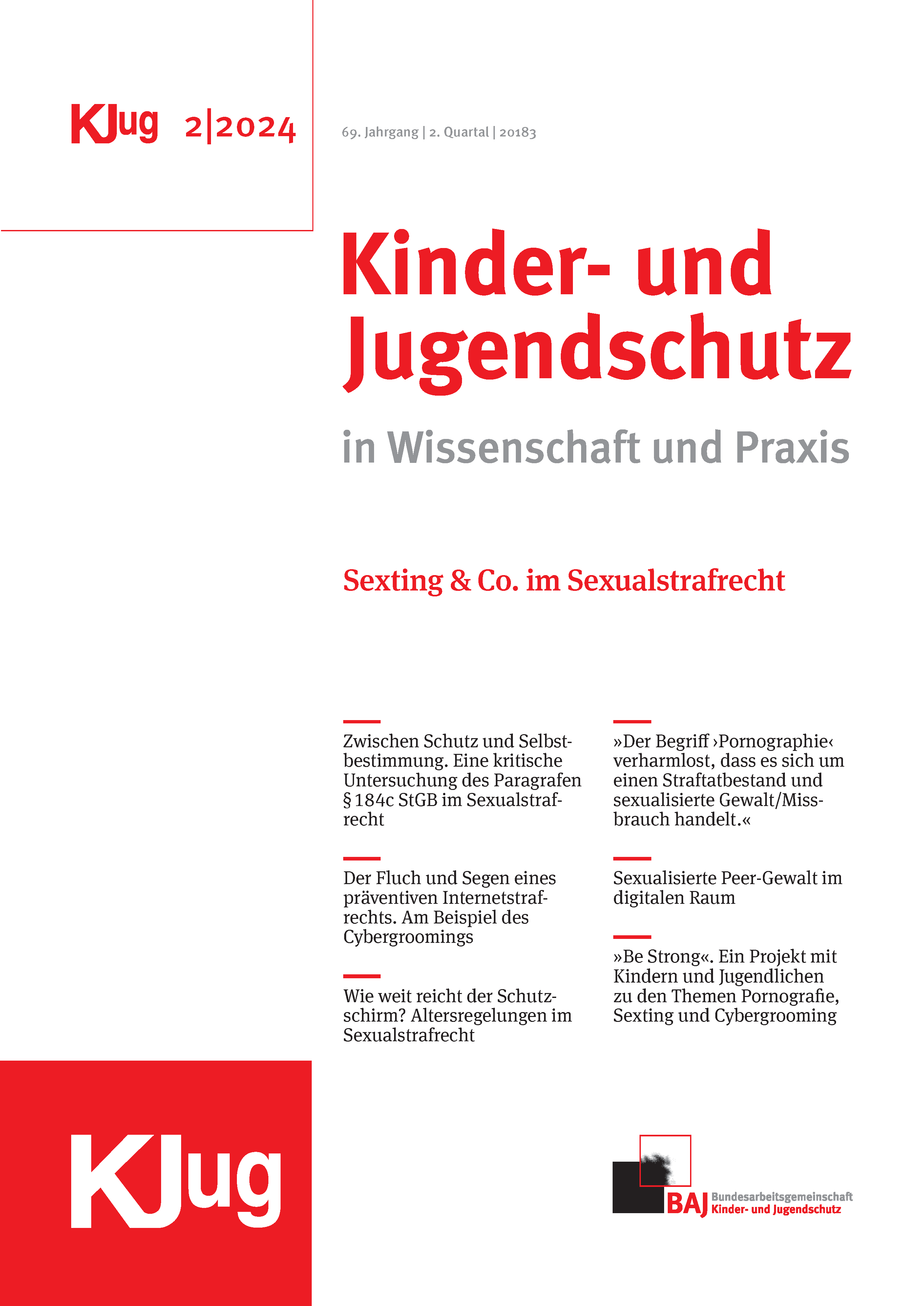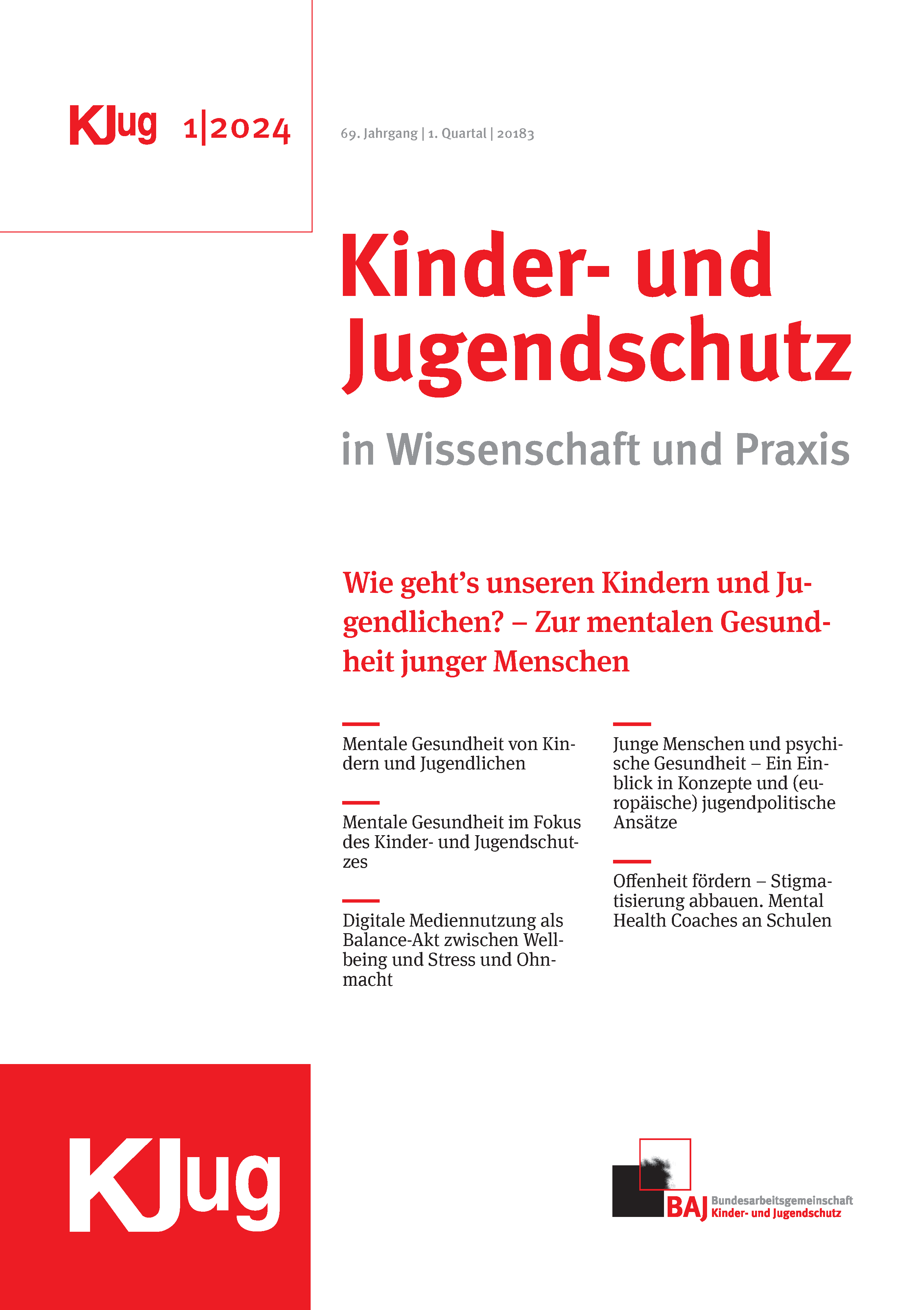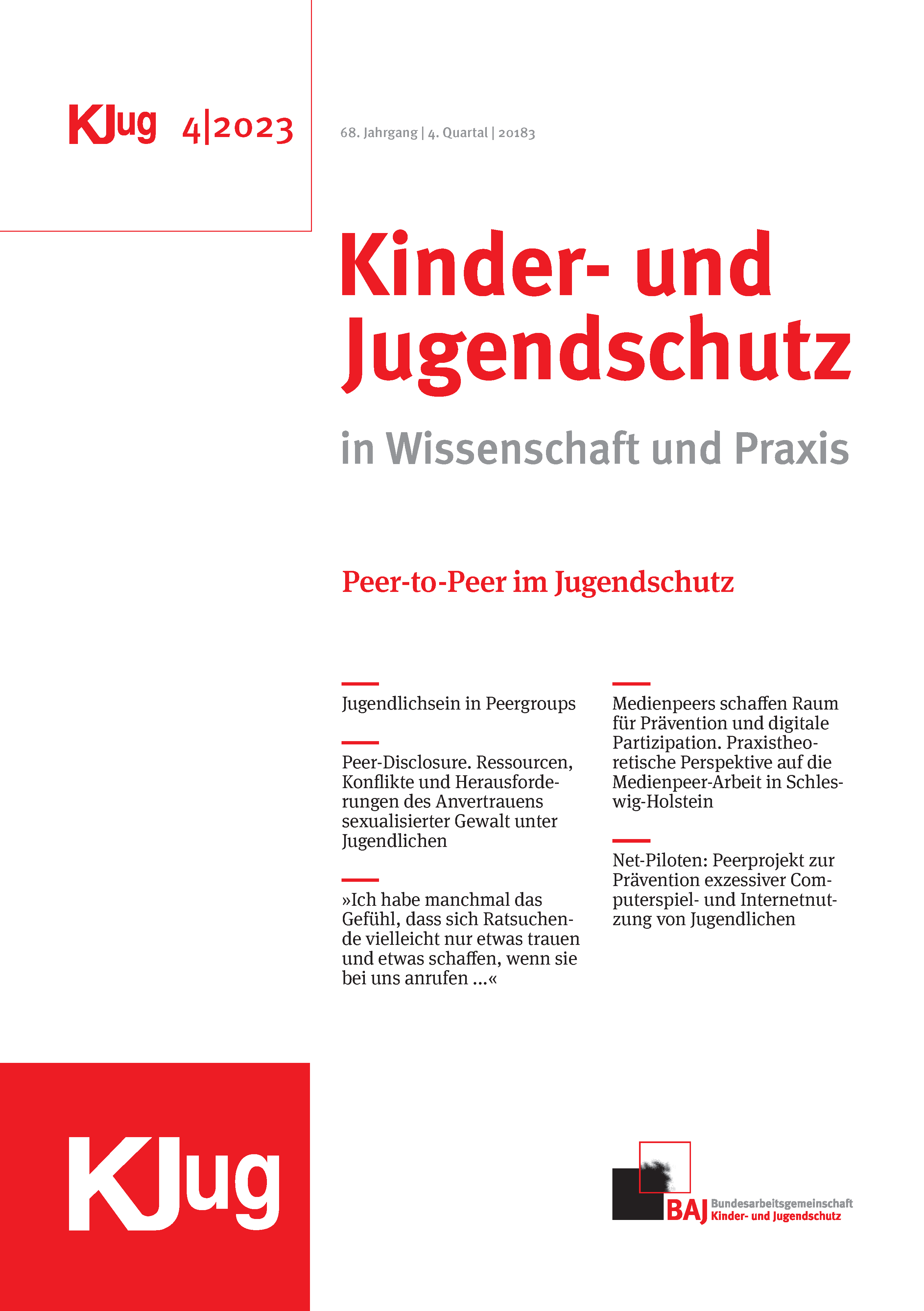Protection of Young Persons in Germany
In Germany, protection of children and adolescents is under the umbrella of both governmental agencies and non-government organisations (associations)
Association-controlled protection of young persons
Associations for protection of young persons were set up after the end of World War Two in concomitance with protective legislation. Denominational and transdenominational institutions and groups for protection of children and adolescents came into being between 1951 and 1954. Their membership is wide-ranging, from independent institutions of youth welfare and charities to specialised anti-addiction organisations, parent’s councils, unions, professional associations in the areas of medicine and education as well as numerous communal groups. All German states, except for Mecklenburg Western Pomerania, Hesse, Rhineland Palatinate and the State of Saar, have their own youth protection institutions at state level, most of them not tied to governmental agencies. Additional organisations include an Evangelical working party and a Catholic association in North Rhine-Westphalia, a Catholic counterpart in Baden-Württemberg and the Catholic Centre of Social Ethics with its own section for protection of young persons attached to the Conference of German Bishops. All associations and other institutions active across Germany in the fields of youth protection work under the umbrella of a Federal Union for Protection of Young Person (BAJ) which had been established as early as in 1951.
Information and consultancy
The above organisations are involved in advanced training and education and play an active role as multipliers by running consultancy programmes, organising meetings and campaigns and taking care of public relations. Addresses may be obtained from our own home page by clicking Members (Mitglieder) or from the internet by selecting www.jugendschutz.de. Each of the above organisations offers printed information and reference to additional sources, literature databases etc. Bulletins and periodicals are published by some of them as well as by the Federal Union.



